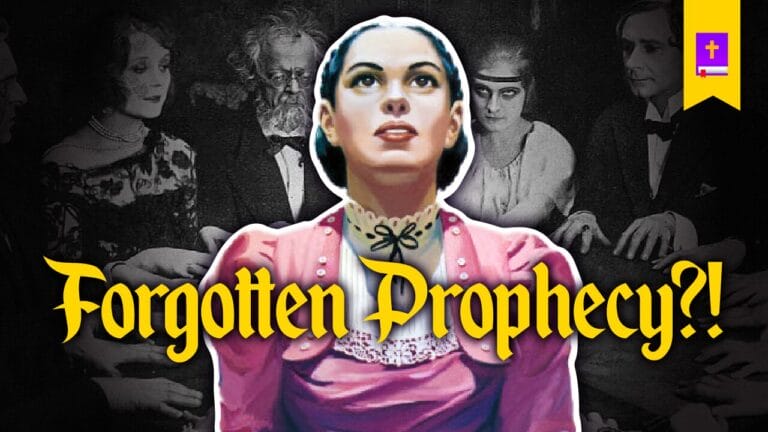Many Adventist’s (not all) will be quick to assert that the doctrine of the Trinity is pagan in origin. Many of them use the terms “pagan’ and “Roman Catholic” synonymously. That is to say, many of them associate the Trinity (both the word and the doctrine) to be pagan in origin. This is not the case and shows a lack of understanding around this cardinal, Christian doctrine.
It’s important to understand the difference between the doctrine of the Trinity and the biblical evidence for the Trinity. The Doctrine is the language that the Christian Church has systematically compiled to accurately explain what we find in the Bible. The Biblical evidence for the Trinity is what the scriptures in totality have to say on this subject (ie: the baptism of Jesus where all three persons are present and interact, all three persons being referred to as the singular LORD, etc.).
The doctrine of the Trinity was not derived from pagan ideology (or even distinctly Roman theology), but from systematic and rigorous study of the scriptures. Through the defense of the Christian faith through the ancient years of the Church, certain heresies were addressed such as Arianism, Sabellianism (Modalism), Eutychianism, Partialism, and others. In the process of this, the language around the doctrine of the Trinity and what the Bible teaches became more focused, articulate, and precise, resulting in the orthodox Christian teaching we now know as the Trinity—summarized in the Nicene and Athanasian Creeds.










